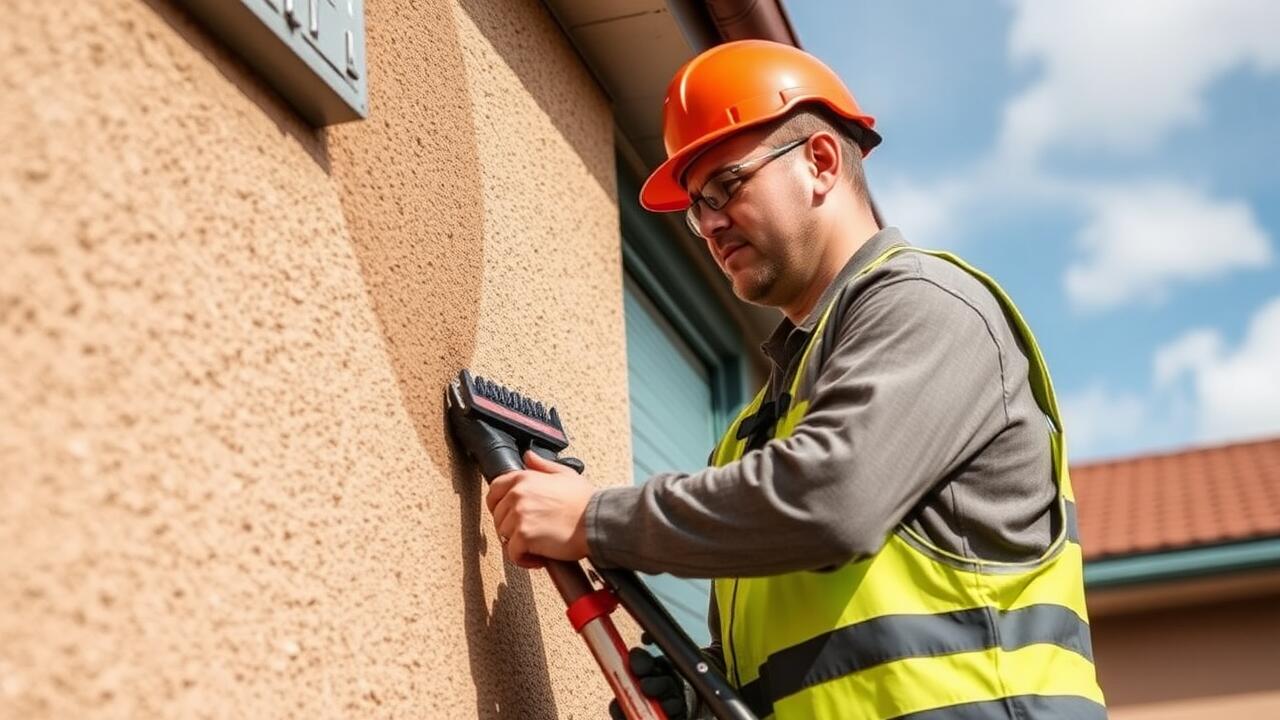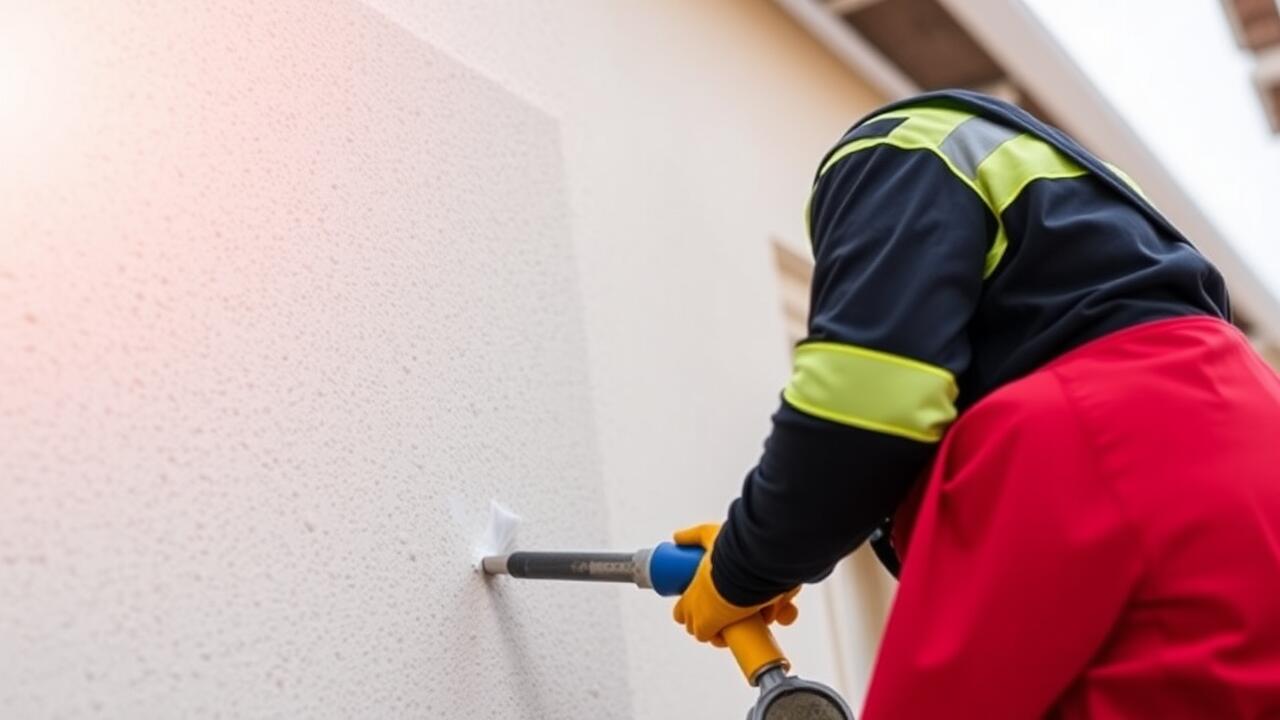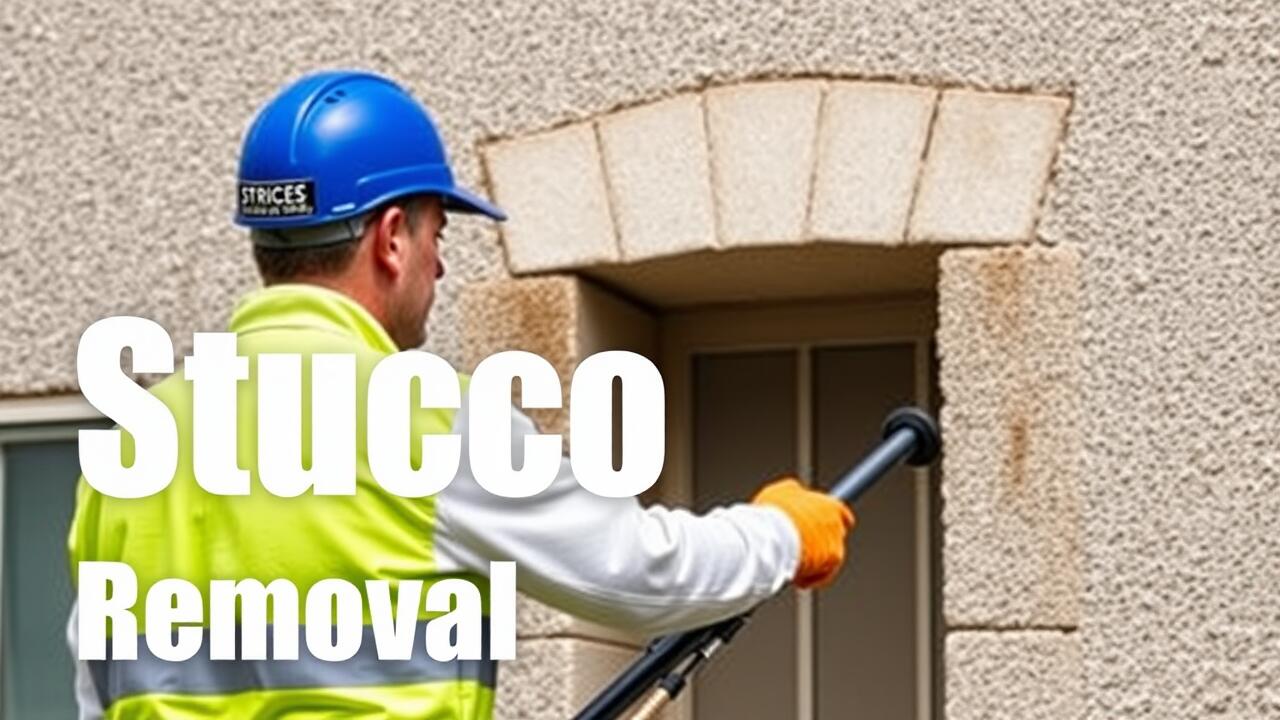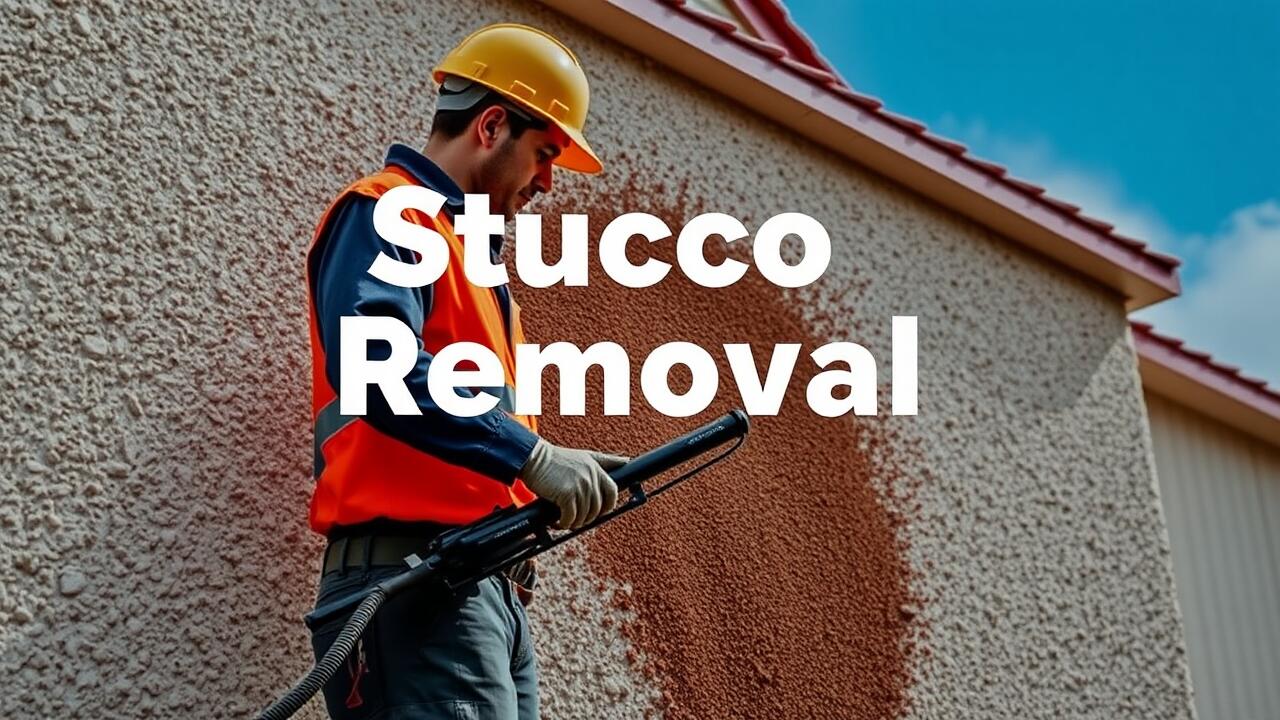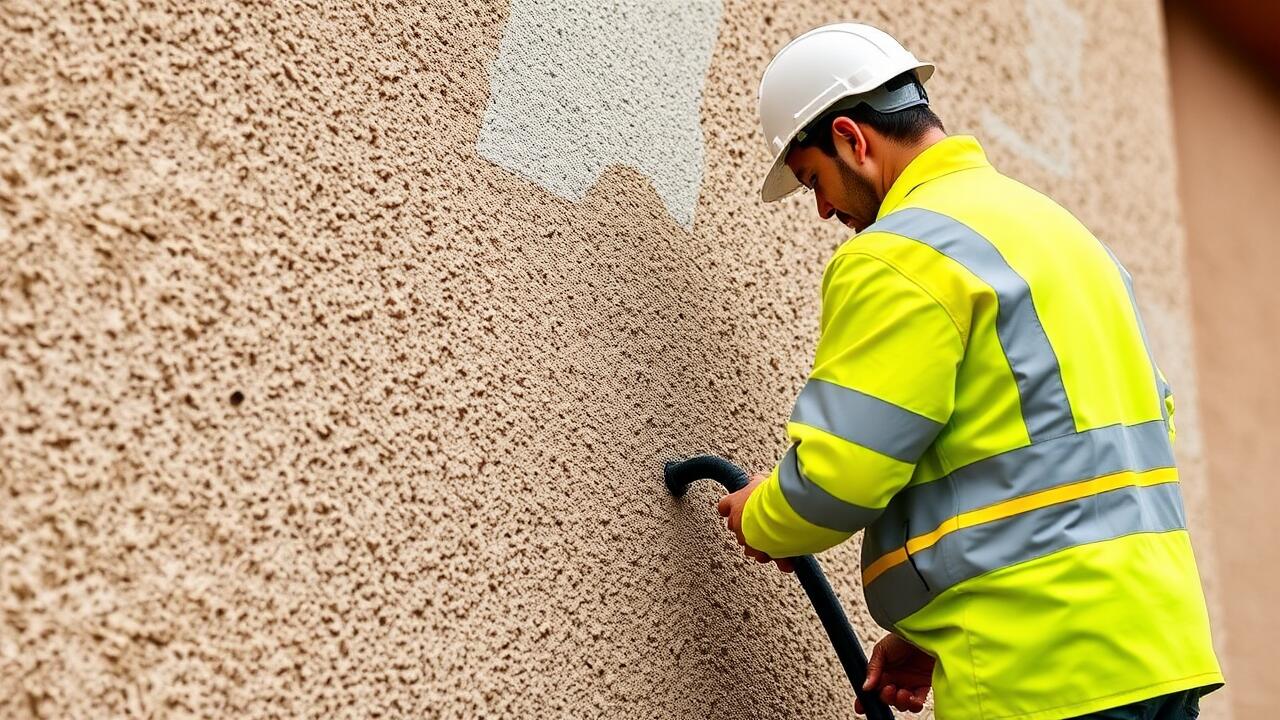
Dealing with Stubborn Stucco
Removing stubborn stucco from a brick surface can be a challenging task, especially if the stucco has been applied for many years. Begin by assessing the thickness and condition of the stucco. Often, older stucco layers can bond tightly to the brick, making conventional removal methods ineffective. A combination of manual scraping and chemical adhesives can help in loosening these stubborn areas. Utilizing high-quality stucco removal tools will make the process easier and more efficient.
If you find yourself struggling, seeking professional help may be beneficial. Searching for "Stucco Removal near me" can connect you with experienced contractors who specialize in stucco removal. These professionals often have access to advanced techniques and equipment, ensuring a quicker and safer removal process. Always compare reviews and quotes to find the right option that suits your needs and budget.
Tips for Challenging Situations
When faced with particularly stubborn stucco, consider using a heat gun to soften the material. This method can help loosen the stucco from the brick surface, making it easier to scrape off. Move the heat gun slowly across the stucco and use a wide putty knife or scraper to gently pry the softened material away. Always be cautious not to overheat the brick, as excessive heat can cause damage.
In situations where standard removal techniques fail, it may be beneficial to consult professionals who specialize in stucco removal. Searching for "Stucco Removal near me" can connect you with experienced contractors familiar with challenging situations. They can assess the condition of both the stucco and brick, providing effective solutions tailored to your needs. Their expertise can save time and prevent potential damage during the removal process.
Cleaning the Brick After Removal
Once the stucco has been removed from the brick surface, you'll want to focus on cleaning the bricks to restore their appearance. Begin by using a stiff-bristled brush to scrub off any remaining dust, debris, or adhesive. This step helps to prepare the brick for further cleaning processes. If there are still stubborn residues, a pressure washer can effectively remove this material, but caution is necessary to avoid damaging the bricks during this process.
After the initial cleaning, using a specialized brick cleaner can enhance the final result. These cleaners are designed to break down mineral deposits and other impurities. Make sure to follow the manufacturer's instructions when applying the cleaner. For those looking to find professional assistance, searching for "Stucco Removal near me" can yield local services experienced in both stucco removal and brick restoration, ensuring a thorough and effective cleaning process.
Best Practices for Restoration
When restoring a brick surface after stucco removal, it's essential to thoroughly clean the area. Start by removing any remaining debris or loose mortar using a stiff-bristled brush. This ensures that the bricks are free from contaminants that could affect the restoration process. After that, consider using a pressure washer for a deeper clean, but be cautious with the pressure settings to avoid damaging the brick.
Choosing the right materials for repointing or sealing is crucial. Use a mortar mix that closely matches the original brickwork in terms of color and texture. This helps to maintain the aesthetic appeal of the brick surface. For those unsure about the process, searching for "Stucco Removal near me" can connect you with professionals skilled in restoring brick surfaces post-removal. Their expertise can save time and help achieve a more polished finish.
Repairing Damage to Brick
When removing stucco from a brick surface, it is common to encounter some level of damage to the underlying bricks. Small cracks or chips may appear as a result of the removal process. Inspect the bricks thoroughly for any signs of damage. If the bricks are intact but show surface stains, a gentle cleaning method can help restore their appearance. For minor cracks, consider using a repointing technique with mortar to fill in the gaps and ensure the structural integrity of the wall.
In cases of more extensive damage, replacing individual bricks might be necessary. Be cautious when selecting replacement materials to ensure they match the existing brick in color and texture. Once replaced, apply a sealant to protect against future moisture issues. For those seeking professional help, searching for "Stucco Removal near me" can lead to experienced contractors who can assess and repair any damage effectively. Proper repairs will enhance the overall look of the brick while maintaining the strength of the structure.
Steps to Fix Any Issues
When tackling repairs after stucco removal, it is essential to assess the extent of any damage to the brick. Inspect for cracks, chips, or areas where the mortar may have deteriorated. These issues can often be fixed with a patching compound designed for masonry. Applying a suitable filler can help restore the integrity of the brick surface.
For more extensive damage, you may need to replace individual bricks or sections of mortar. It is critical to match the new materials with the existing bricks for a seamless appearance. If you seek professional assistance for these repairs, searching for “stucco removal near me” can lead to qualified contractors who specialize in brick restoration. They can provide guidance on the best practices to ensure a long-lasting finish.
FAQS
What tools do I need to remove stucco from a brick surface?
Essential tools include a chisel, hammer, putty knife, and a pressure washer. You may also need safety goggles, gloves, and a dust mask for protection.
Is it difficult to remove stucco from brick?
The difficulty can vary depending on how well the stucco is adhered to the brick. Stubborn stucco may require more effort and specialized techniques, but with patience, it can be done.
How can I clean the brick after removing the stucco?
Use a pressure washer or a mixture of water and mild detergent. Scrub the surface with a stiff brush to remove any remaining stucco dust or residue, then rinse thoroughly.
What should I do if I find damage to the brick after stucco removal?
Inspect the affected areas carefully. You can repair minor cracks with mortar or a masonry patching compound. For more extensive damage, consider consulting a professional for repairs.
Can I reapply stucco on the brick after removal?
Yes, you can reapply stucco on the brick surface, but it's important to ensure the brick is clean and dry, and that any necessary repairs are complete before reapplication.
